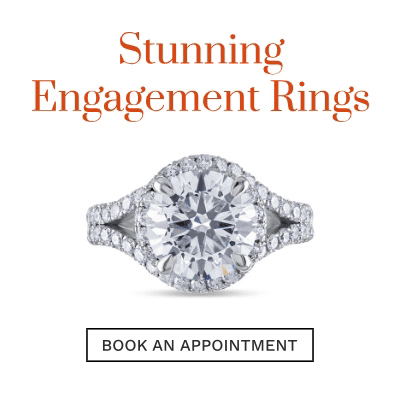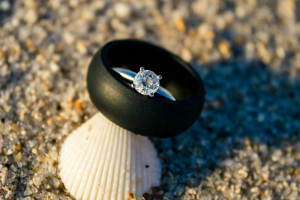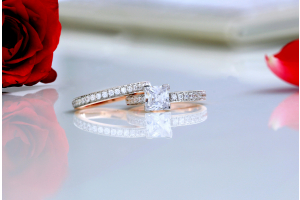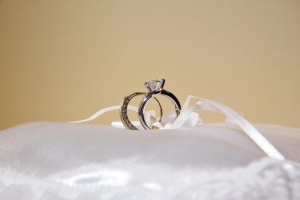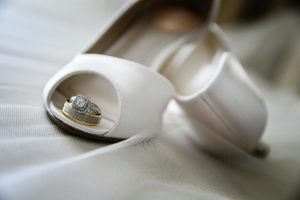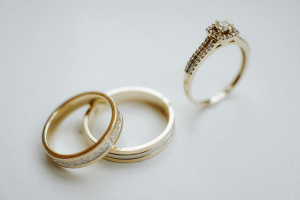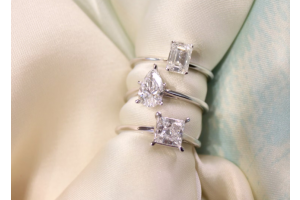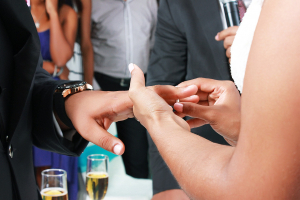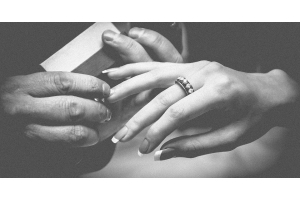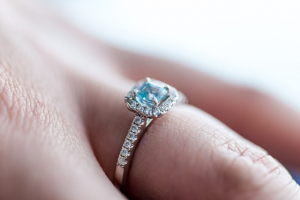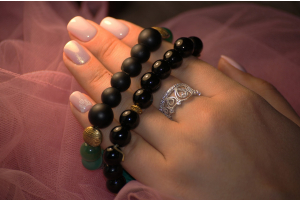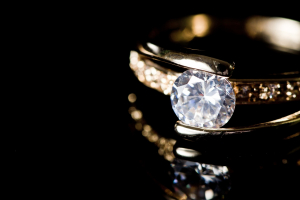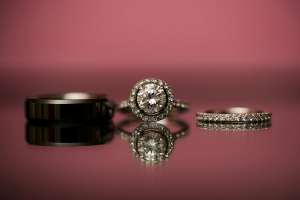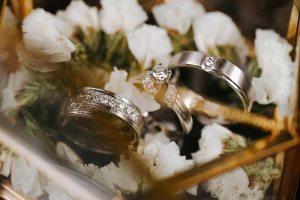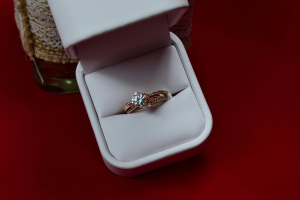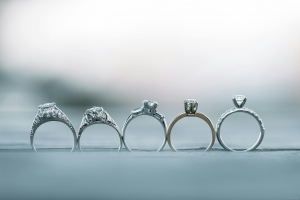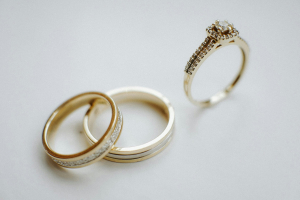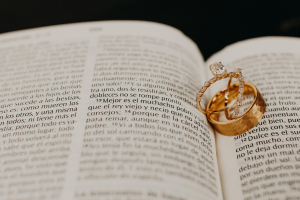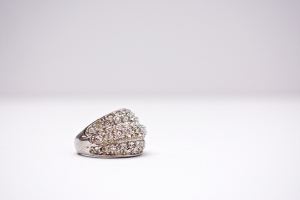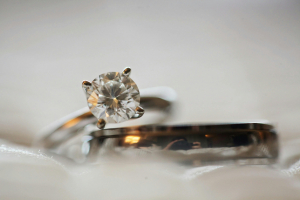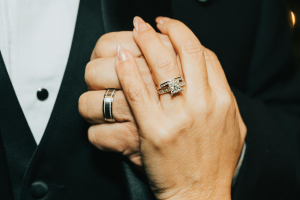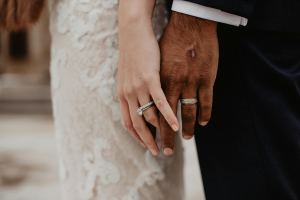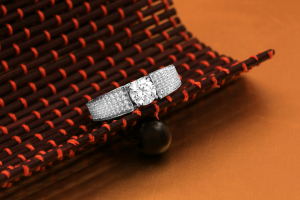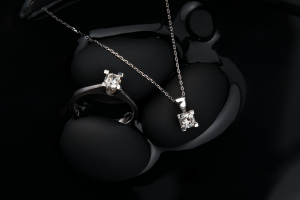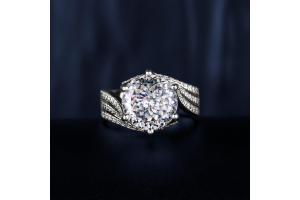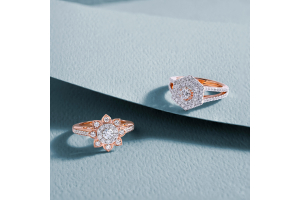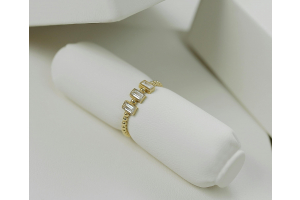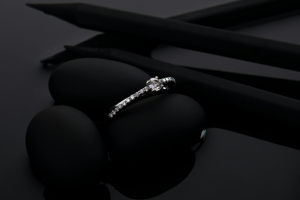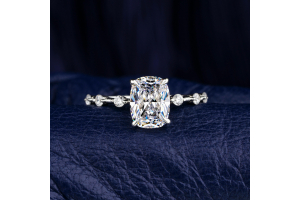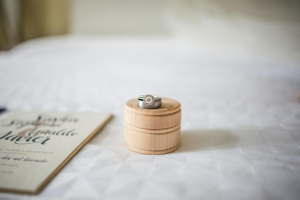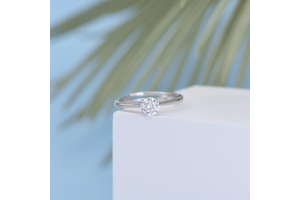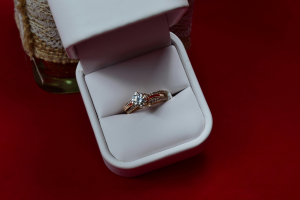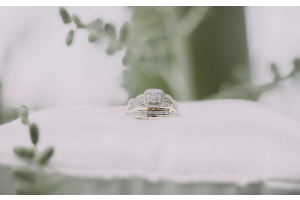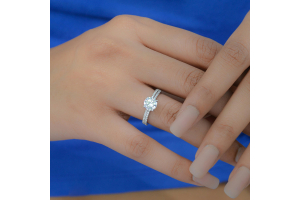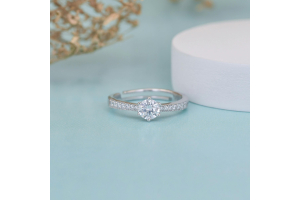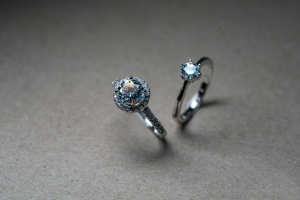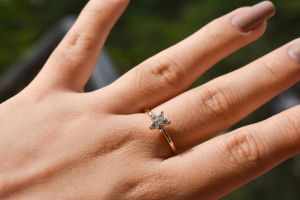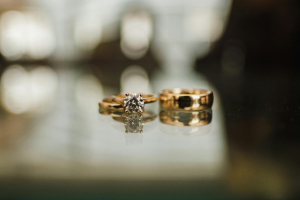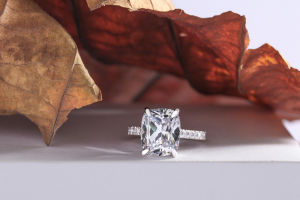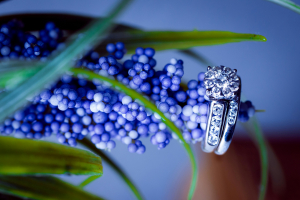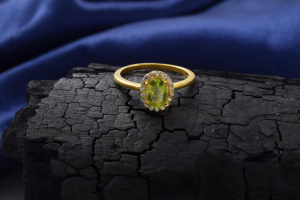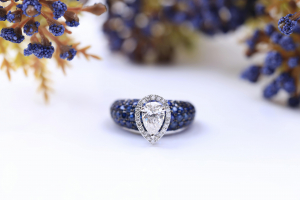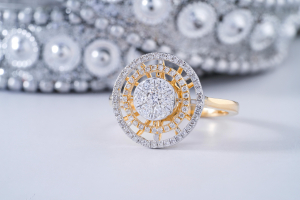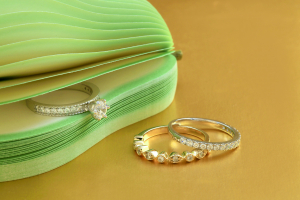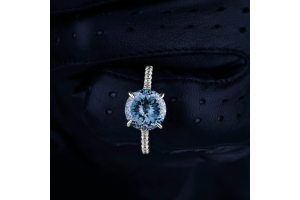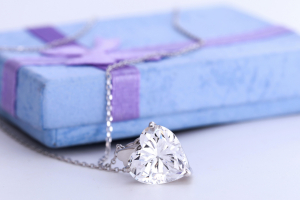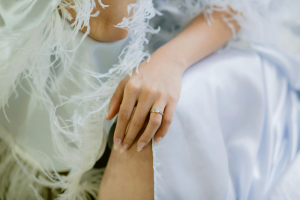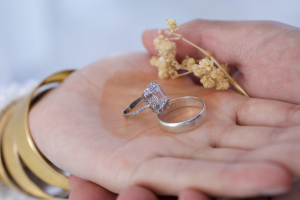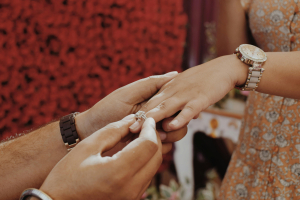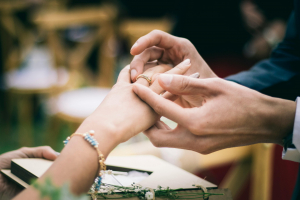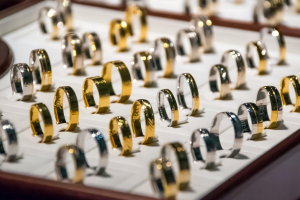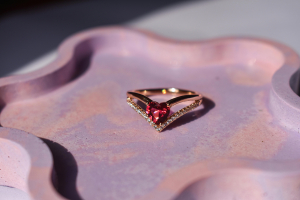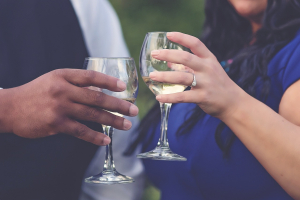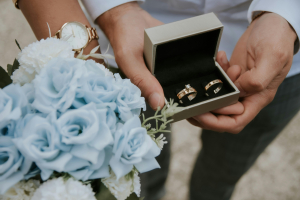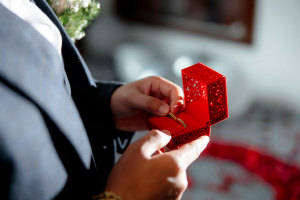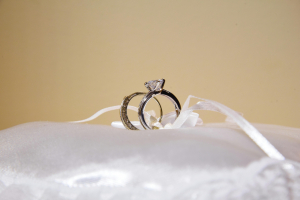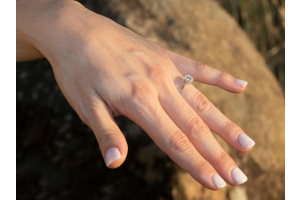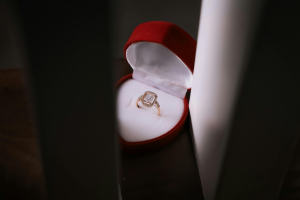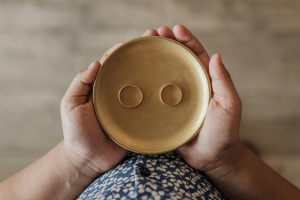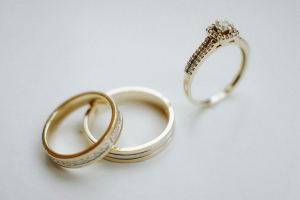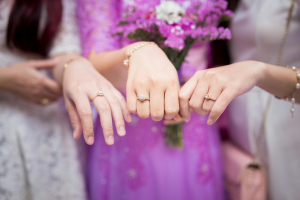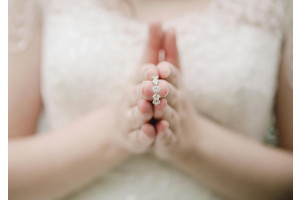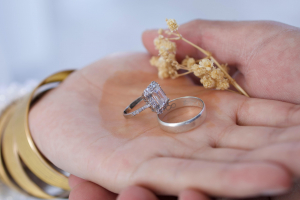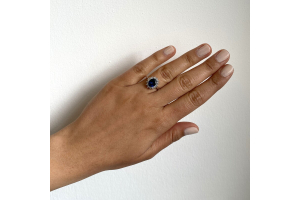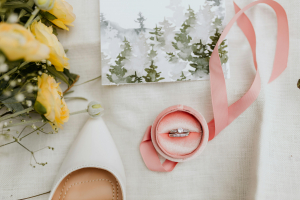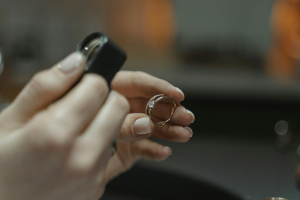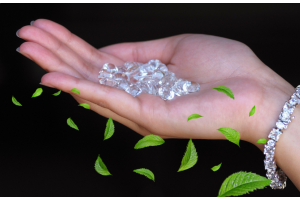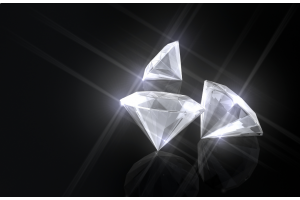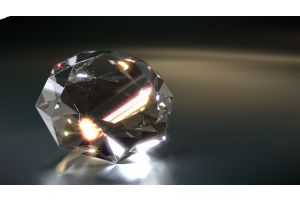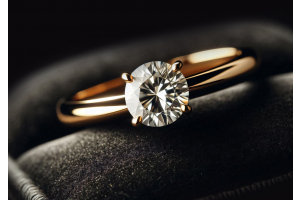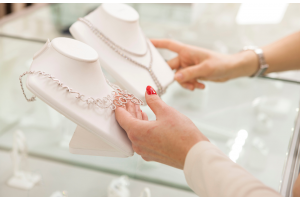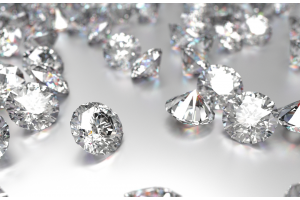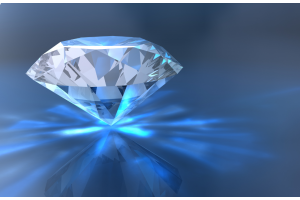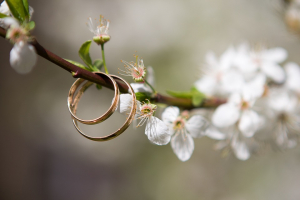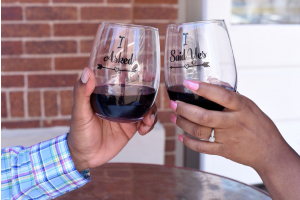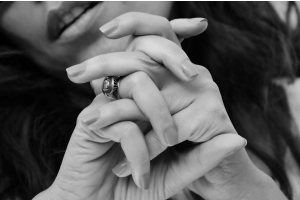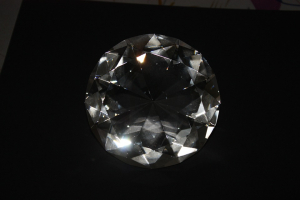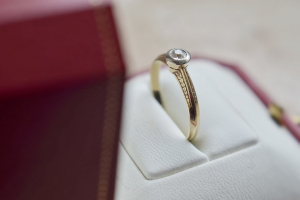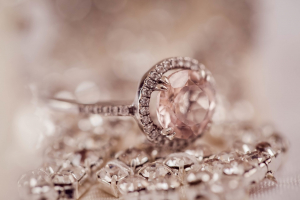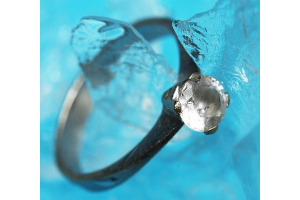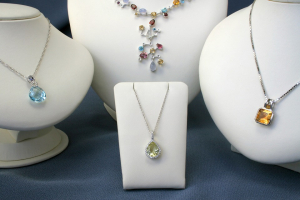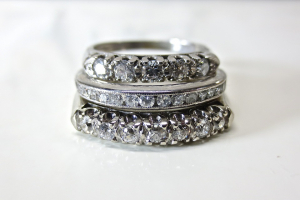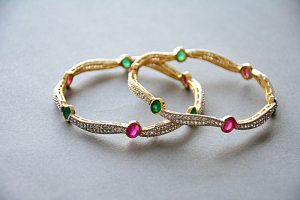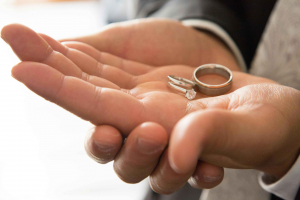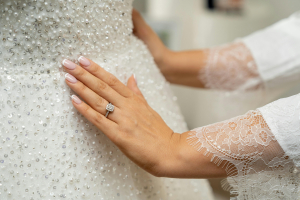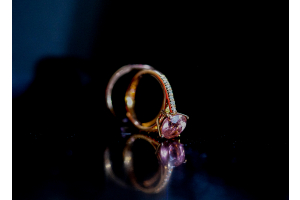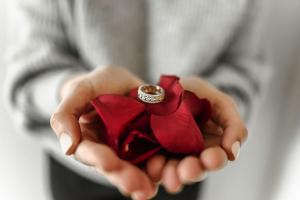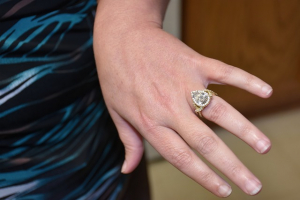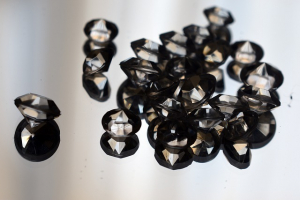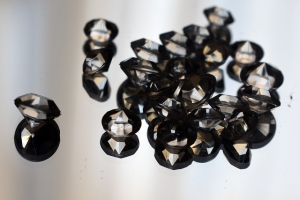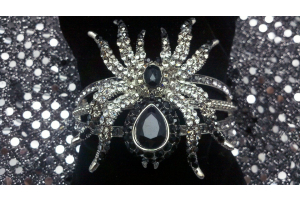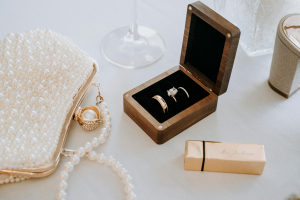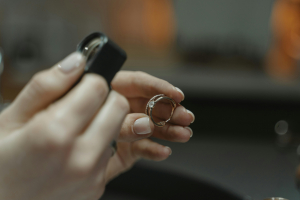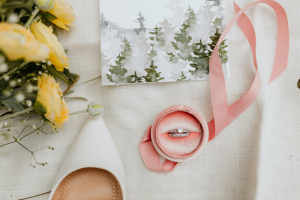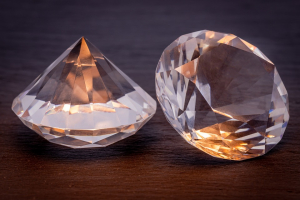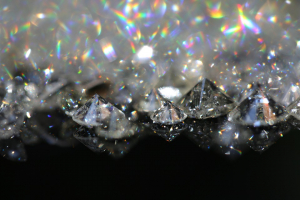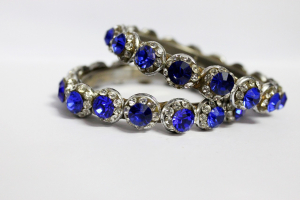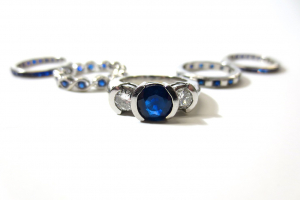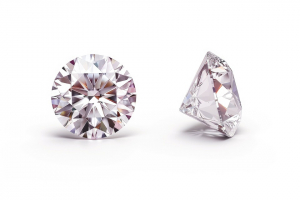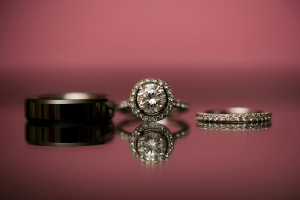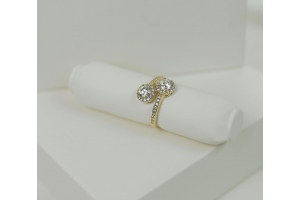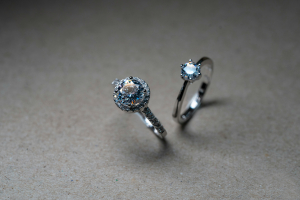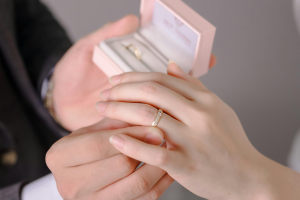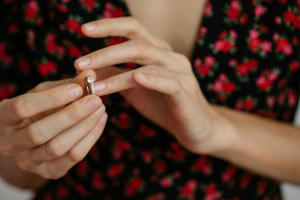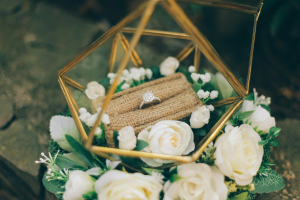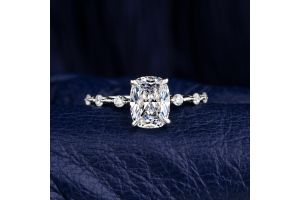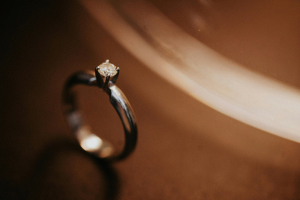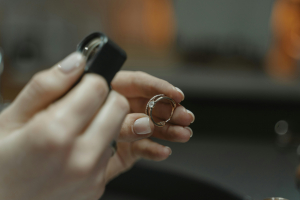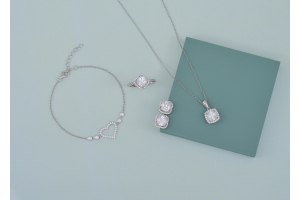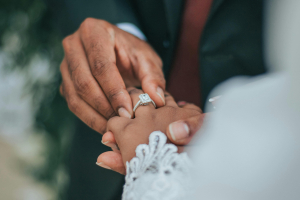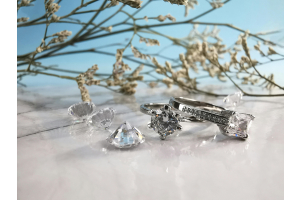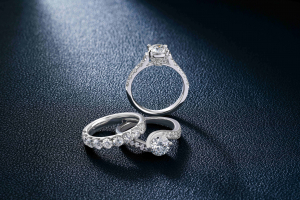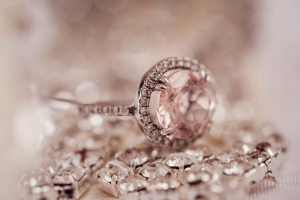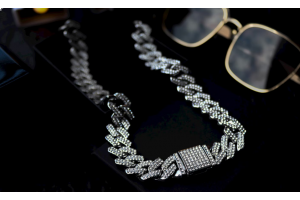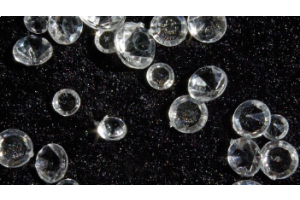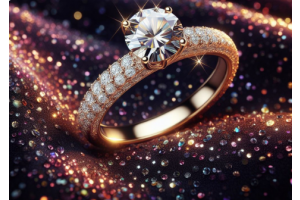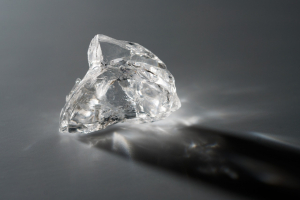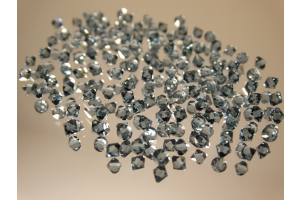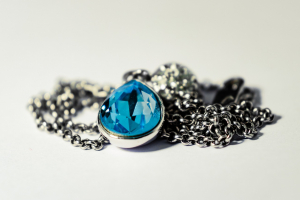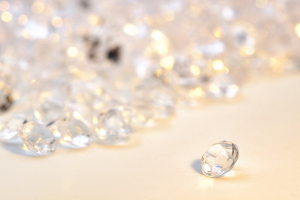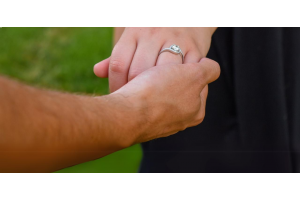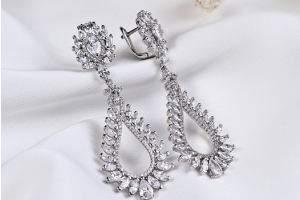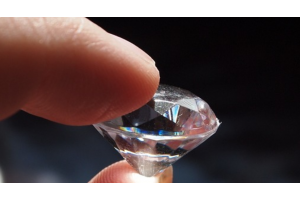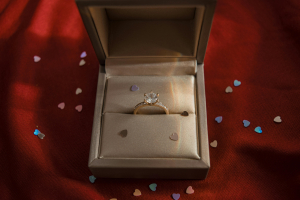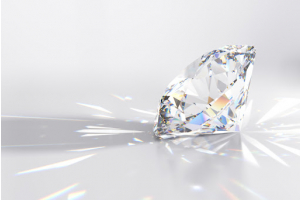GBP
/
GBP
/
Shipping to:
Currency:
×
Rêve Diamonds now in the US
- 745 5th Avenue
- Manhattan, 10151
- New York, NY
- 9800 Wilshire Blvd
- Beverly Hills, 90212
- Los Angeles, CA
- Wishlist
- Compare
- Contact Us
- 020 35852295
-
Sign In
Sign In
- Create an Account
×
Speak to an expert
Get in touch with us using one of the options below:
Looks like you’re in
Change currency?
X
- Engagement rings
-
Wedding Bands
- Jewellery
-
Gifts
-
GIFTS BY RECIPIENT
GIFTS BY OCCASION
GIFTS WITH MEANING
MORE GIFT IDEAS
-
-
Diamonds
-
Diamonds Search
natural diamonds
Diamonds Search
Express insuredFree worldwide Delivery 3 to 7 Days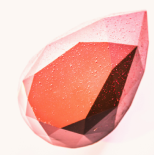
-
- Education
- Blog
- Home
- BLOG | Engagement Rings & Wedding Rings | Reve Diamonds
- Engagement Rings
- The Ultimate Diamond Engagement Ring Checklist for New Buyers
The Ultimate Diamond Engagement Ring Checklist for New Buyers
The Ultimate Diamond Engagement Ring Checklist for New Buyers
By Author:
Alistair Knight
Buying a diamond engagement ring is one of the most exciting moments in life. It’s a symbol of love, commitment, and the start of a new chapter. But let’s face it—choosing the perfect ring can also feel a little overwhelming, especially for first-time buyers. With so many options out there, it’s easy to get lost in the details.
That’s where this checklist comes in.
We’ve broken down everything you need to know to make the best decision, ensuring the ring you choose is as special as the moment you propose.
Set Your Budget Early On
Before you even start looking at diamonds, it’s important to set a budget. Knowing how much you’re willing to spend helps narrow down your options and keeps you from falling in love with a ring that’s way out of your price range. One popular guideline is to set aside two to three months' salary, but the most important thing is to spend what feels comfortable for you.
Engagement rings come in a wide range of prices, so you can find something beautiful no matter your budget. If you’re on a budget but want something luxurious, check out engagement rings for a variety of stunning options to fit your financial plan.
A Little Tip: If you’re on a tight budget, consider choosing a smaller diamond with excellent cut quality. A well-cut diamond will reflect more light and appear more brilliant, even if it’s smaller.
Understand the 4 Cs: Cut, Clarity, Carat, and Colour
If you’ve ever researched diamonds, you’ve likely come across the 4 Cs: cut, clarity, carat, and colour.
These four characteristics determine a diamond’s quality and price, so understanding them will help you make a more informed decision.
- Cut: This is the most important factor in a diamond’s brilliance. A well-cut diamond reflects light beautifully, making it sparkle.
- Clarity: This refers to the tiny imperfections (or lack thereof) inside the diamond. The fewer the inclusions, the clearer—and more valuable—the diamond.
- Carat: Carat refers to the weight of the diamond. Larger diamonds tend to be more expensive, but size isn’t everything!
- Colour: The less colour a diamond has, the more valuable it is. However, many diamonds with a slight tint can still look stunning and be more affordable.
When buying a diamond, it’s all about balance. You may choose to prioritise cut over carat if sparkle is more important to you than size.
Explore a range of large diamond rings if carat weight is a priority for you.
Choose the Right Diamond Shape for Your Style
Diamonds come in all shapes, from the classic round brilliant to the trendy cushion cut. The shape you choose should reflect your partner’s personal style.
Some shapes, like round, offer the most sparkle, while others, like emerald or pear, offer a more unique and vintage look.
Here are a few popular options:
- Round: Timeless and brilliant.
- Princess: A square shape with lots of sparkle.
- Cushion: A mix between square and round, with soft, rounded edges.
- Oval: Elegant and elongates the finger.
Pro Tip: If your partner loves vintage styles, consider a cushion or emerald cut. These shapes give off a romantic, old-world feel.
If you're not sure about the shape, check out engagement rings to explore all the styles.
Decide on the Engagement Ring Setting
The setting of the ring is just as important as the diamond itself. The right setting can enhance the look of your diamond and protect it from damage.
Here are some of the most popular settings:
- Solitaire: A single diamond held by prongs. This classic style focuses all attention on the diamond.
- Halo: A centre diamond surrounded by smaller diamonds. This makes the centre stone appear larger and adds extra sparkle.
- Pavé: The band is covered with tiny diamonds, giving it a sparkling effect.
- Vintage: These settings often include intricate details like filigree or milgrain, giving the ring an antique look.
If your partner leads an active lifestyle, you might want to choose a more durable setting like bezel or prong, which offers more protection for the diamond.
Explore engagement rings with a variety of settings to find one that fits your partner's style and needs.
Choose the Right Metal: Platinum or Gold?
Choosing the metal for your engagement ring is about both aesthetics and durability.
The most popular choices are platinum, white gold, yellow gold, and rose gold.
- Platinum: Extremely durable and hypoallergenic but more expensive than gold.
- White Gold: A popular choice for its sleek, modern look. It requires occasional rhodium plating to maintain its shine.
- Yellow Gold: A classic option that’s making a comeback.
- Rose Gold: Soft and romantic, this metal has a pinkish hue and is often chosen for its unique look.
If you're looking for something unique, you might also want to check out eternity rings for other gorgeous band styles.
Know Your Partner’s Ring Size
This one may seem obvious, but getting the correct ring size is essential. The last thing you want is a ring that’s too tight or too loose.
Here are a few ways to discreetly find out your partner’s ring size:
- Borrow one of their rings (from the correct finger) and take it to a jeweller for sizing.
- Ask their friends or family.
- Use a printable ring sizing guide found online.
If all else fails, choose a ring that’s slightly larger. It’s easier to resize a ring down than up.
Consider Ethical and Eco-Friendly Options
In today’s world, many couples are choosing ethical and eco-friendly engagement rings.
These options include conflict-free diamonds and lab-grown diamonds.
- Conflict-Free Diamonds: These diamonds are sourced from areas that do not fund violence or exploit workers. Look for certifications like the Kimberley Process.
- Lab-Grown Diamonds: These diamonds are created in a lab but have the same physical and chemical properties as natural diamonds. They are often more affordable and eco-friendly.
If you're interested in sustainable options, check out lab-grown diamonds for affordable, ethical choices.
Ask for a Diamond Certification
A diamond certification is a document from an independent lab that details the quality of the diamond based on the 4 Cs. Always ask for a certificate from a reputable organisation, such as the GIA (Gemological Institute of America) or AGS (American Gem Society). This ensures that you’re getting what you pay for.
Plan for Future Care and Maintenance
Once you have the ring, taking care of it is crucial. Diamonds are durable, but they can still lose their shine over time.
- Regular Cleaning: Clean your ring at home using warm water, dish soap, and a soft toothbrush. Professional cleanings every six months are also recommended.
- Check for Damage: Make sure the prongs holding the diamond are secure and inspect for any wear on the band.
Consider insuring the ring as well. Jewellery insurance can protect you from loss, theft, or damage, giving you peace of mind.
For matching pieces and something extra special, check out diamond pendants and necklaces to complement your engagement ring.
Work with a Trusted Jeweller
Finally, it’s important to work with a jeweller you trust. Whether you’re shopping in person or online, read reviews, ask for recommendations, and don’t hesitate to ask questions. A good jeweller will help guide you through the process and ensure you’re getting the best quality within your budget.
FAQs
How do I know if a diamond is real?
Look for a diamond certification from a reputable lab. You can also ask the jeweller to test the diamond in front of you using a diamond tester.
Should I prioritise diamond cut or carat weight?
Cut is the most important factor in a diamond’s brilliance. A well-cut diamond will sparkle more, even if it’s smaller. If you’re working with a budget, prioritise cut over carat.
Can a diamond ring be resized?
Yes, most diamond rings can be resized. However, if the ring has an intricate design or small side stones, resizing may be more difficult.
Is it okay to buy an engagement ring online?
Yes, many reputable jewellers sell high-quality engagement rings online. Just make sure to read reviews, check their return policy, and confirm that the diamond comes with a certification.
Blog
Filter by:
- Jewellery (19)
- Art Deco Jewellery (1)
- Bespoke Jewellery (20)
- Christmas (4)
- Diamond Jewellery (30)
- Diamond Ring (26)
- Diamond Wedding Rings (2)
- Diamonds (27)
- Engagement Rings (196)
- Eternity Rings (2)
- Famous Diamonds (0)
- fancy coloured diamonds (3)
- Jewellery Insurance (1)
- Lab Grown Diamonds (105)
- Manmade Diamonds (3)
- Precious metals (5)
- Proposals (10)
- Royal Wedding (2)
- Tennis Bracelets (2)
- Valentines Day (2)
- Wedding Bands (3)
- Wedding Rings (2)
- Weddings (1)
- Birthstones (3)
- Aftercare (2)
- Diamond Earring (1)
Recent Posts
Is It Cheaper to Shop for Rings in Hatton Garden Than Online? A Comprehensive Comparison
October 24, 2024
What’s the Best Diamond Shape for a Halo Setting? – Your Guide to Finding the Perfect Fit
October 22, 2024
What Style of Ring is Ideal for an Engagement? A Guide to Choosing the Perfect Engagement Ring
October 21, 2024
Which Diamond Shape Gives the Illusion of Being Largest? Discover the Best Cuts for Maximum Visual Impact
October 18, 2024
Do Oval Diamonds Appear Bigger Than Round Ones? Exploring Size Perception and Shape Differences
October 18, 2024
Which Ring Setting Maximises Diamond Size Appearance? Top Choices to Make Your Diamond Look Bigger
October 18, 2024
Which Diamond Shape Tends to Look the Smallest? Understanding How Shape Affects Size Appearance
October 18, 2024
Which Diamond Shape Has the Most Brilliance and Sparkle? A Guide to Dazzling Diamonds
October 18, 2024
How to Buy an Engagement Ring Without Knowing the Size | Expert Tips for a Perfect Fit
October 17, 2024
How to Buy Engagement Rings on Sale: The Ultimate Guide to Finding the Perfect Deal
October 17, 2024
Choosing Lab Grown Diamonds for Your Next Jewellery Purchase: A Smart, Ethical Choice
October 10, 2024
Lab Grown Diamonds: Transforming the Jewellery Industry with Ethical and Affordable Brilliance
October 08, 2024
Lab Grown vs Natural Diamonds: Comparing Features, Benefits, and Ethical Considerations
October 08, 2024
Choosing Lab-Grown Diamonds for Your Wedding Jewellery: The Ethical and Beautiful Option
October 08, 2024
How Lab-Grown Diamonds Are Shifting Consumer Preferences: The Future of Ethical Jewellery
October 08, 2024
Ethical and Environmental Benefits of Lab-Grown Diamonds: A Sustainable Choice for Jewellery
October 08, 2024
Are Lab-Grown Diamonds the Future of Bridal Jewellery? Discover Their Rising Popularity
October 04, 2024
How to Care for Your Lab-Grown Diamond Jewellery – Keep It Sparkling with These Expert Tips
October 04, 2024
Lab Grown Diamond Solitaire Rings: Timeless and Ethical | Discover Sustainable Elegance
September 26, 2024
Lab Grown Diamond Engagement Rings: The Best Options for Ethical & Stunning Jewellery
September 24, 2024
The Best Diamond Engagement Rings for Matching Stacks | A Guide to Pairing Perfection
September 20, 2024
Why Minimalist Diamond Engagement Rings Are on the Rise: Timeless Elegance with a Modern Twist
September 19, 2024
Comparing Cushion vs. Princess Cut Diamond Engagement Rings: Find the Perfect Shape for Your Style
September 19, 2024
The Symbolism Behind Different Diamond Shapes in Engagement Rings: What Each Shape Means
September 18, 2024
How to Choose the Right Metal for Your Diamond Engagement Ring: A Comprehensive Guide
September 17, 2024
Customizing Your Diamond Engagement Ring: Tips and Tricks for a One-of-a-Kind Design
September 16, 2024
The Most Popular Diamond Shapes for Engagement Rings | A Guide to Choosing the Perfect Shape
September 16, 2024
Diamond Engagement Rings for Non-Traditional Couples: Unique Styles for Every Love Story
September 16, 2024
Diamond Engagement Rings for Men: The Ultimate Guide to Choosing the Perfect Ring
September 13, 2024
Caring for Your Diamond Engagement Ring: Essential Tips and Tricks for Long-Lasting Sparkle
September 12, 2024
FL (Flawless) vs. IF (Internally Flawless) Clarity Diamonds - Understanding the Differences and Making the Right Choice
September 26, 2023



